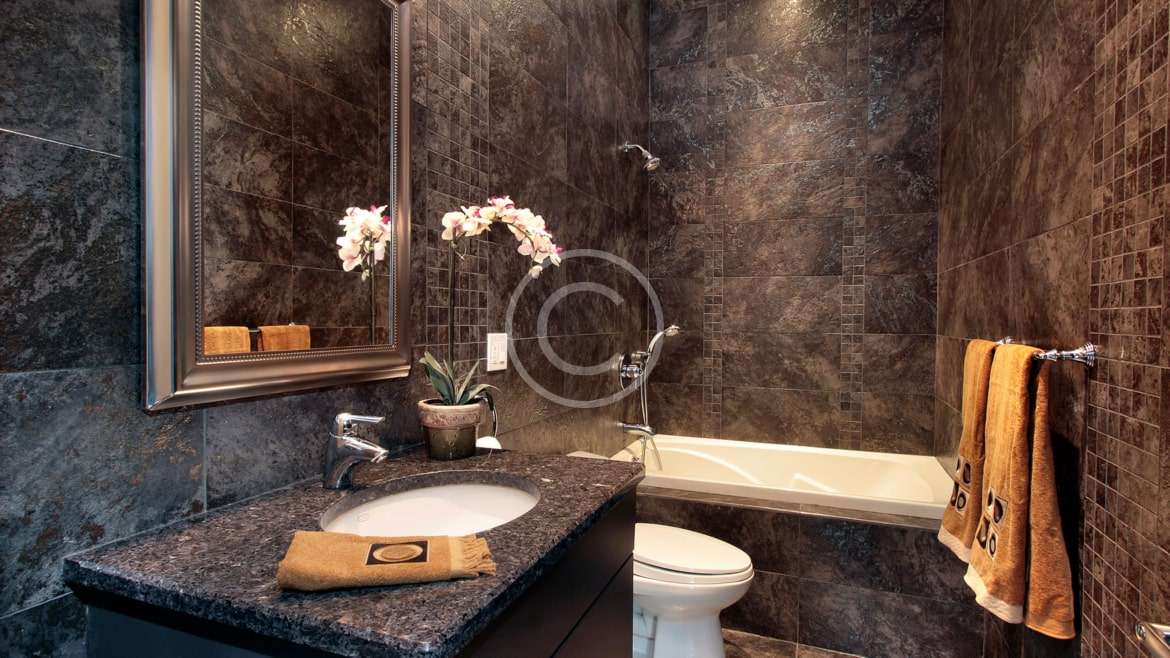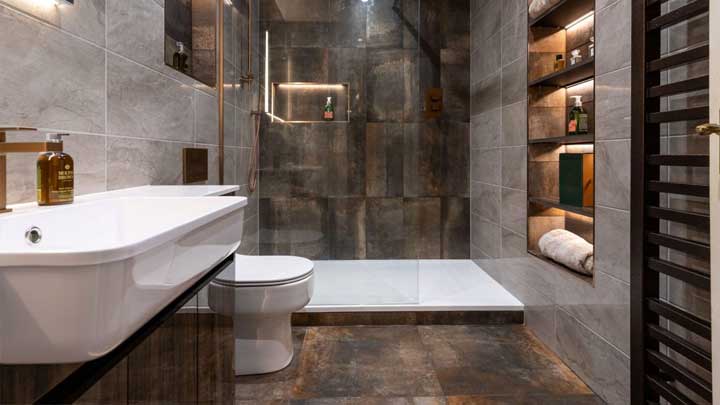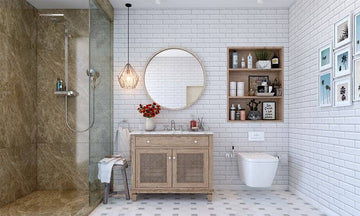In the rapidly evolving world of technology, the concept of a smart home is no longer confined to just the living room or kitchen. The bathroom, often overlooked in the realm of technological innovation, is becoming a focal point for integrating smart home technology. This transformation is not just about luxury but also about enhancing convenience, efficiency, and sustainability. For Industry QA professionals, integrating a smart home with the bathroom offers a unique opportunity to explore the intersection of technology and everyday living.

Why Consider a Smart Bathroom?
The idea of a smart bathroom might seem futuristic, but it's becoming increasingly accessible. One of the primary motivations for integrating smart technology into the bathroom is the potential for energy and water savings. Smart showers and faucets can regulate water flow and temperature, reducing wastage. Similarly, smart toilets with dual flush options can significantly lower water usage. For those interested in ROI, these efficiencies can translate into substantial savings over time.
Beyond sustainability, smart bathrooms offer unparalleled convenience. Imagine a bathroom that automatically adjusts the lighting, plays your favorite tunes, and even monitors your health metrics. These features create a personalized experience that aligns with modern lifestyles.
Key Features of a Smart Bathroom
Smart Lighting and Mirrors
Smart lighting systems can adjust based on the time of day or your preferences, providing optimal illumination for tasks like shaving or applying makeup. Additionally, smart mirrors can display weather updates, news, or your schedule, ensuring you're prepared as you start your day.
Automated Shower Systems
Automated showers can be pre-programmed with your preferred temperature and water pressure settings. Some models even include voice control, allowing you to adjust settings hands-free. These systems not only enhance comfort but also contribute to energy efficiency by reducing water heating costs.
Health Monitoring and Safety
Smart bathrooms can also play a crucial role in health monitoring. Advanced systems can track metrics like weight, heart rate, and even detect anomalies in your bathroom routine that may indicate health issues. Moreover, integrating safety features such as automatic lighting and emergency alerts can be particularly beneficial for the elderly or disabled.
Challenges and Considerations
While the benefits are clear, there are challenges to consider when integrating smart technology into the bathroom. One of the primary concerns is connectivity. Ensuring that all devices communicate effectively requires a robust Wi-Fi network and, in some cases, additional infrastructure. Industry QA professionals must consider these aspects during the planning and installation phases.
Privacy is another critical factor. With the integration of cameras and sensors, ensuring that data is securely managed and that privacy is maintained is essential. Implementing secure networks and understanding data protection regulations are crucial steps in this process.
Integrating Smart Technology: A Step-by-Step Guide
1. Assess Your Needs
Begin by evaluating your current bathroom setup and identifying areas where smart technology can add value. Consider what features are most important to you, whether it's energy efficiency, convenience, or health monitoring.
2. Plan Your Layout
Once you've identified your needs, plan the layout of your smart bathroom. Consider the placement of devices to ensure optimal functionality and accessibility. Consulting with professionals or using resources such as DIY smart bathroom upgrades can provide valuable insights.
3. Choose the Right Products
Select products that align with your goals and budget. Research different brands and models, and consider reading reviews or seeking recommendations from trusted sources. Websites like House Beautiful offer great ideas and suggestions for bathroom designs that incorporate smart technology.
4. Installation and Testing
Proper installation is crucial for the seamless integration of smart technology. Whether you choose to DIY or hire professionals, ensure that all devices are correctly installed and tested. Regular testing and maintenance will help you identify and resolve any issues promptly.

FAQs
Q: Can a smart bathroom really save money?A: Yes, by using water-saving fixtures and energy-efficient systems, smart bathrooms can significantly reduce utility bills over time.
Q: Is it difficult to retrofit an existing bathroom with smart technology?A: While retrofitting can be more challenging than starting from scratch, many smart devices are designed for easy integration into existing setups.
Q: Are smart bathrooms secure?A: Security depends on the systems and networks in place. It's essential to choose devices from reputable brands and ensure your network is secure.
For more insights into the cost implications and safety tips of smart bathroom setups, check out this article on smart bathroom costs and smart bathroom safety tips.






